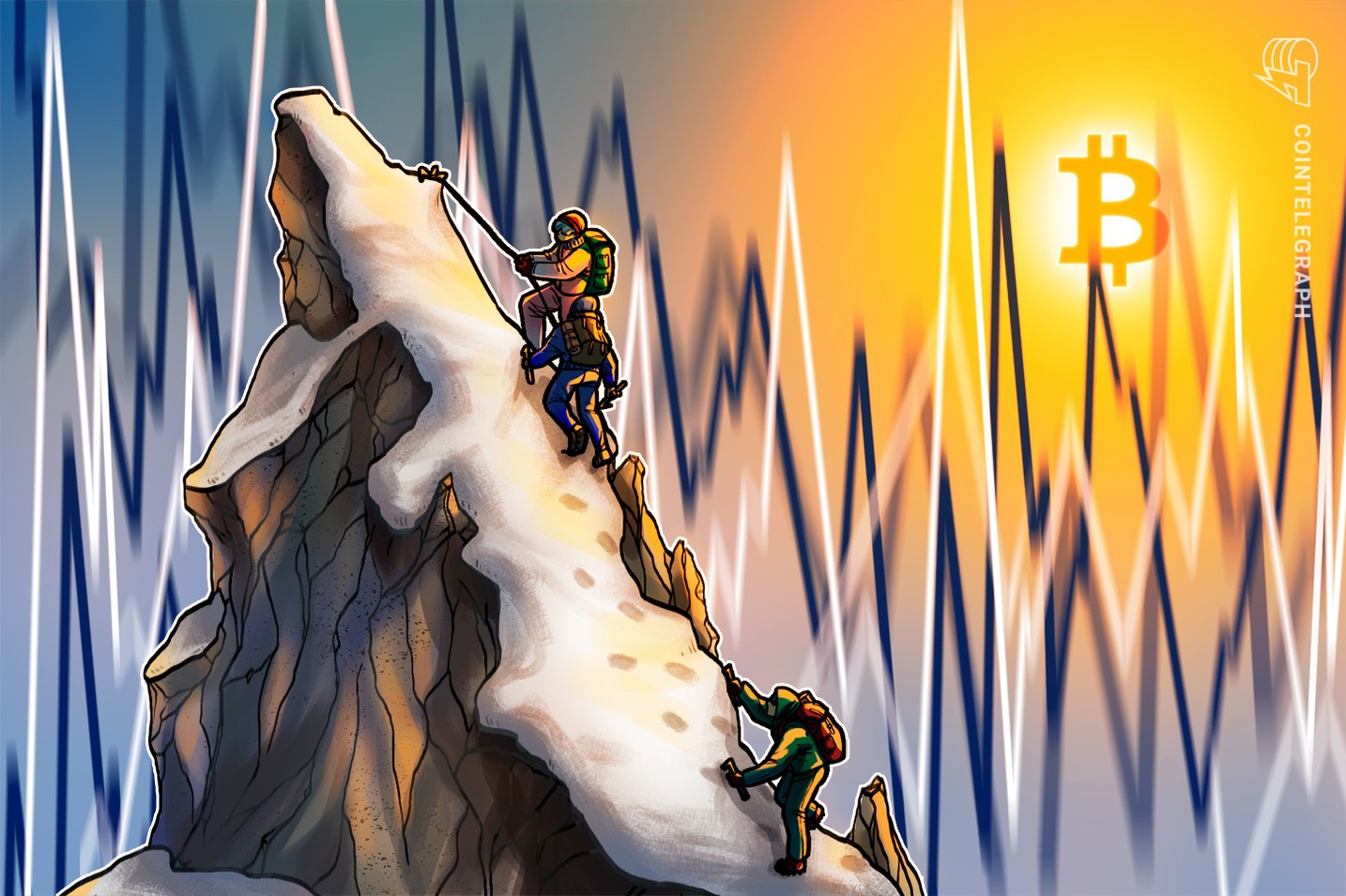Block 840,000, mined on April 19, 2024, was special for Bitcoin (BTC). In addition to marking the fourth halving of the world's largest blockchain, it also signalled the launch of the Runes Protocol, currently the most popular for creating fungible tokens on Bitcoin.
While token creation is common on blockchains such as Ethereum (ETH) or Solana (SOL), this practice is relatively new for Bitcoin, only becoming popular in 2023. Tokens on the Runes Protocol — launched in April, even more recent.
Over the last 15 years, Bitcoin was declared dead by traditional media numerous times. Similarly, tokens created with the Runes Protocol are already considered dead by some critics.
Looking at the daily trading volume of these assets, as well as the number of new entrants, you could get the impression that Runes have indeed already peaked. But considering the history of premature declarations about the end of Web3 assets, it's worth questioning whether that ' true.

The first thing to consider is macro context. Since the Runes Protocol launched, Bitcoin has remained in a channel between roughly $60,000 and $70,000.
During this period, its dominance over all other crypto market assets — altcoins — has practically remained sovereign, showing a certain market caution in taking more risks.
This directly impacts interest in Runes standard tokens. Although they live within Bitcoin, they fall under the "altcoins" classification, which is not attracting wide interest from the market at the moment.
However, as the Roman emperor (and Stoic philosopher) Marcus Aurelius said, "Focus on what you can control, not what you cannot control." It is essential to analyze exclusively how the Runes ecosystem is evolving.
Quality of Runes tokens
Nearly all of the tokens created on the Runes Protocol to date are meme coins. Besides memes being one of the major narratives of 2024, they are also easy and simple to create. Therefore, it was expected that Bitcoin's blockchain would initially be flooded with meme coins rather than tokens with robust tokenomics or tied to large applications, as there has not yet been time for the market to create such things.
Among all the memes created, the highlight is the DOG token. The success of the DOG token is due to a fair launch and a strong, simple narrative: Bitcoin's dog token
For years, dog-themed tokens ruled the meme coin market across all networks, and now Bitcoin has a dog to call its own.

DOG currently represents around 40% of the entire market capitalization of Runes tokens — with a value of around $600 million — and is held by more than 70,000 on-chain holders. Its dominance highlights the growth potential of the sector.
The value of Dogecoin (DOGE), the world's largest meme coin, still surpasses Bitcoin's top dog token by 28 times and exceeds the entire Runes token ecosystem by more than 10 times.
Evolution of the infrastructure
Since asset issuance within Bitcoin began to become popular in 2023, the infrastructure to engage with them has been a significant friction.
Besides the wallets that support these types of assets not being the most popular in the Ethereum or Solana ecosystems, Bitcoin lacks smart contracts — making it difficult to create decentralized exchanges (DEXs) and marketplaces, for example. That makes it significantly less pleasant to trade Bitcoin assets compared to assets on other networks.
Some major players see this as a good challenge and opportunity. By betting on these emerging Bitcoin assets, Magic Eden — for example — has taken on new life after losing relevance to Solana.
Another player dedicating good energy to the space is OKX, which has an on-chain marketplace dedicated solely to Runes assets.
Now the next major market speculation is the creation of a journey similar to a decentralized exchange like Uniswap or Jupiter. There are no clear predictions for this to happen, but it can be said that the infrastructure is being developed at an accelerated pace for a type of asset that did not exist three months ago.
Others embracing the narrative
In addition to native players and on-chain developments, centralized exchanges are also gradually embracing Runes standard assets. Leading these listings is the DOG token, which already has spot listings on Gate.io and MEX and perpetual listings on Bybit and KuCoin.
It is worth reinforcing that the Runes Protocol is less than three months old, and listing Runes tokens on an exchange requires that exchange to update its infrastructure. That is why small exchanges have moved the most quickly — and larger exchanges will follow.
That said, even in an apathetic market, the Runes ecosystem has had extremely interesting advances that show it is far from its developmental peak.
If the Runes ecosystem requires a new "alt season" in order to grow, it is prepared for it. But even without an alt season, the ecosystem has a strong narrative — with tokens native to Bitcoin — and it is going to stand out in the market.
